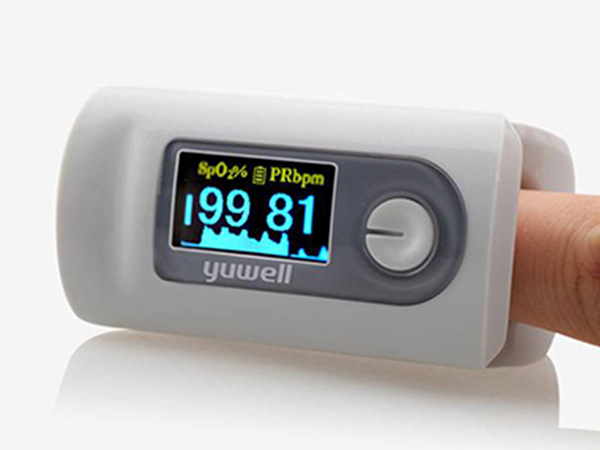- TOP
Domestic BD:
18002872908
Overseas BD:
13763098386
- Wechat code

- WeChat


Wireless Oximeter Polymer Battery Design Solution
Details:
The wireless oximeter is very comfortable to wear, so it is becoming more and more popular. It is suitable for use in medical institutions or homes. It allows users to measure human heart rate, blood oxygen saturation and perfusion during exercise or sleep. The index (PI) and other data help users keep abreast of their physical health. There is no need to go to the hospital to draw blood, no need to suffer from skin and flesh, there is no possibility of cross-infection, and cumbersome queuing is eliminated. The product is powered by high-performance polymer batteries to ensure continuous, efficient and stable operation of the product.
1. Battery design requirements for wireless oximeter
According to customer requirements and specifications, design a battery pack that matches the host, and incorporate polymer batteries and safety protection into the solution. In the design process of the entire program, the goal is to achieve the most perfect combination with the host, to ensure the safety of the battery, battery and the entire system, and first to meet the corresponding design regulations and certification regulations. In order to ensure the safety and reliability of polymer batteries, multilayer protection must be used inside the battery to prevent polymer batteries from being damaged due to overcharge, overdischarge or short circuit.
1) Polymer battery model: 301848PL/210mAh/3.7V
2) Circuit design requirements.
1. Single battery overcharge protection voltage: 4.28 & plusmn; 0.25V
2. 4.08 plus 0.50V.
3. Single battery overload protection voltage: 3.00 ± 0.08 V.
4. Single battery over-discharge recovery voltage: 3,00 ± 0,08 V.
5. Combined battery over-current protection value (10 milliseconds): 1.5~3.5A
6. The finished battery also has short circuit and reverse charging protection.
7. Design requirements for battery cycle life: 300~500 times (national standard charging and discharging standards
4. Design requirements for battery size: refer to the computer housing in the lobby
2. Schematic diagram of wireless oximeter battery design
1) Protective plate (PCM): It is mainly used to protect polymer batteries. Due to the chemical characteristics of lithium batteries, it must provide protection functions such as overcharge, overdischarge, short circuit and overcurrent to prevent combustion, explosion and other hazards.
2) Protection IC (Protection IC): The main protection function chip in the design scheme, online monitoring of the battery's overcharge, overdischarge, overcurrent, short circuit and other functions , So that the battery can operate safely. , Stable and effective range.
3) Polymer lithium ion battery: 30848/210mAh/3.7V polymer lithium battery.
4) Field effect tube (MOSFET): MOSFET acts as a switch in the protection circuit. It will always prevent the voltage across the load from rising or falling to ensure voltage stability.
5) Battery packaging: sealed with high temperature adhesive paper and fixed on both sides